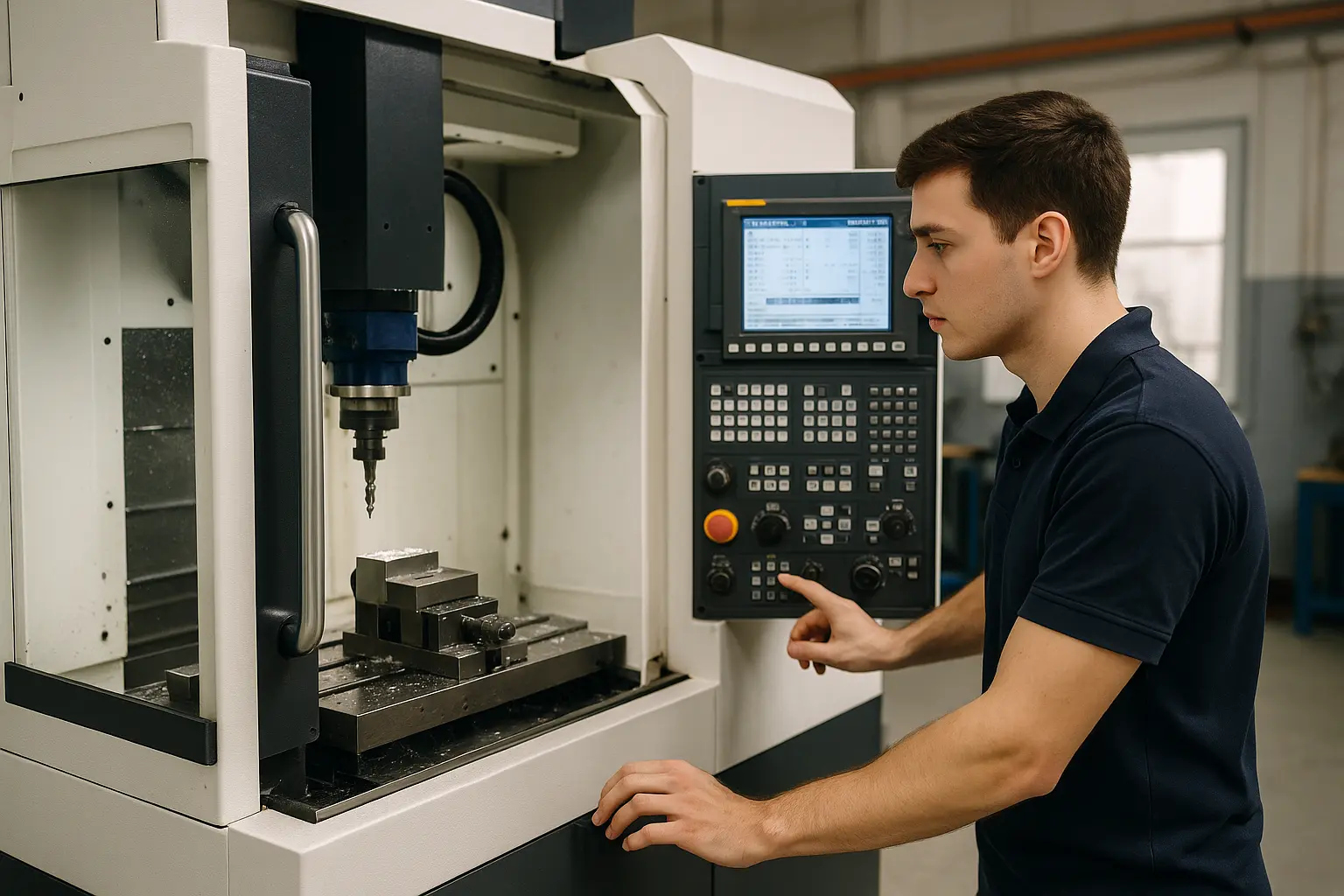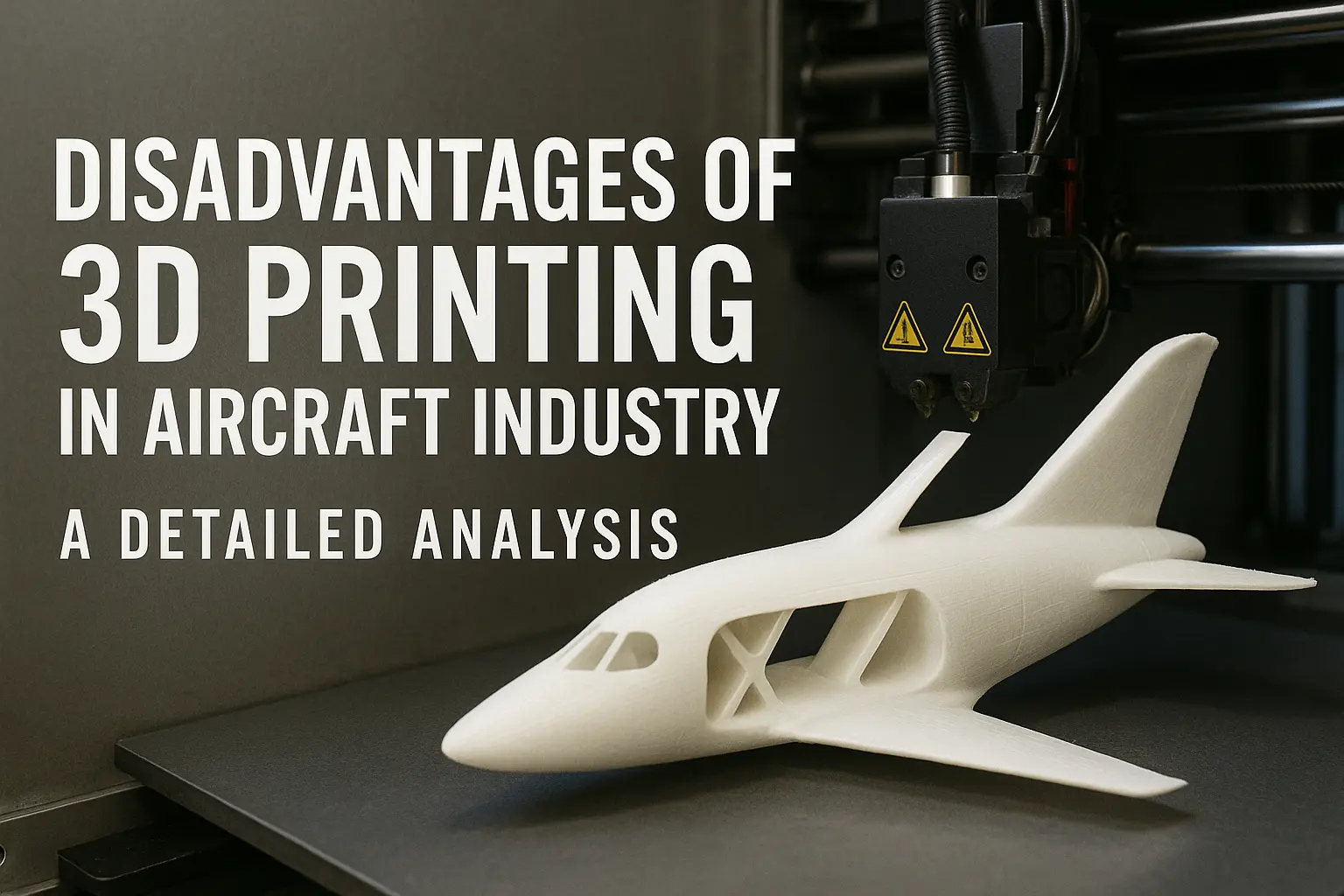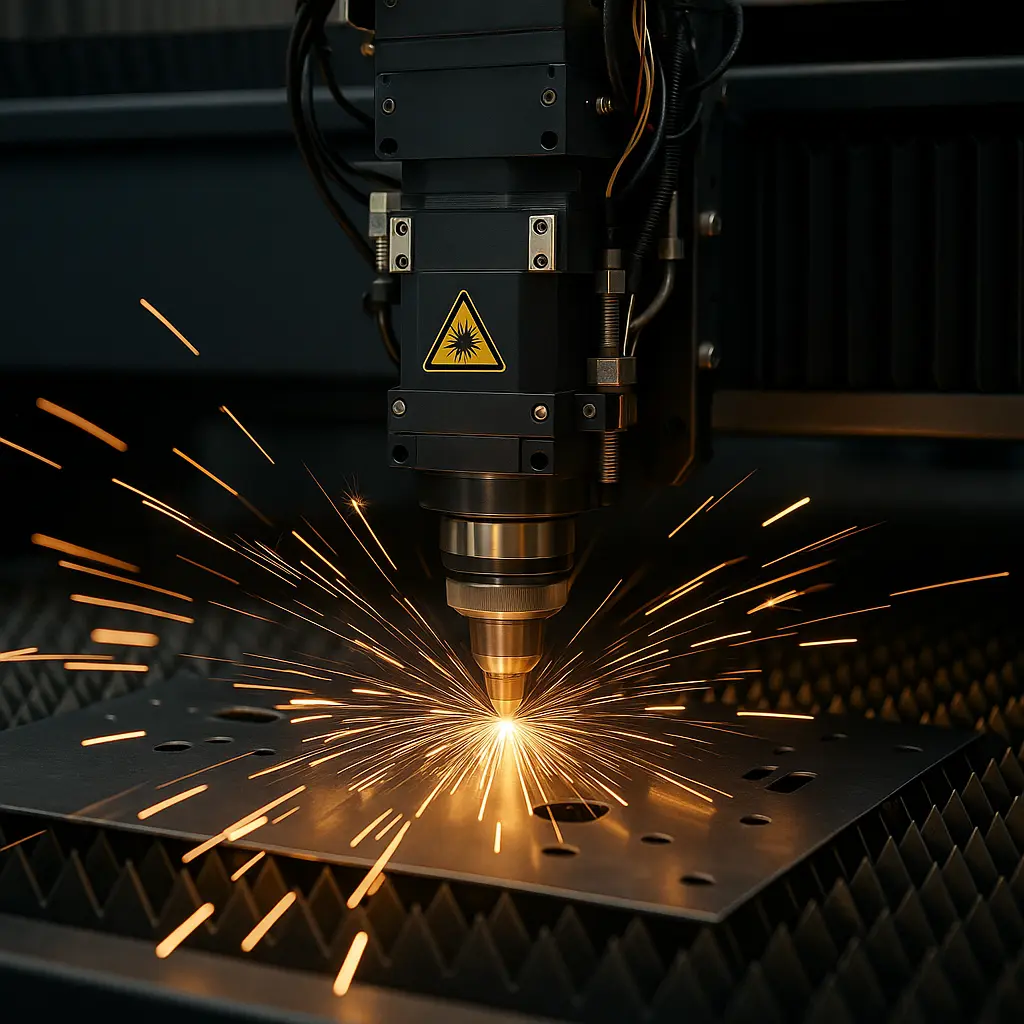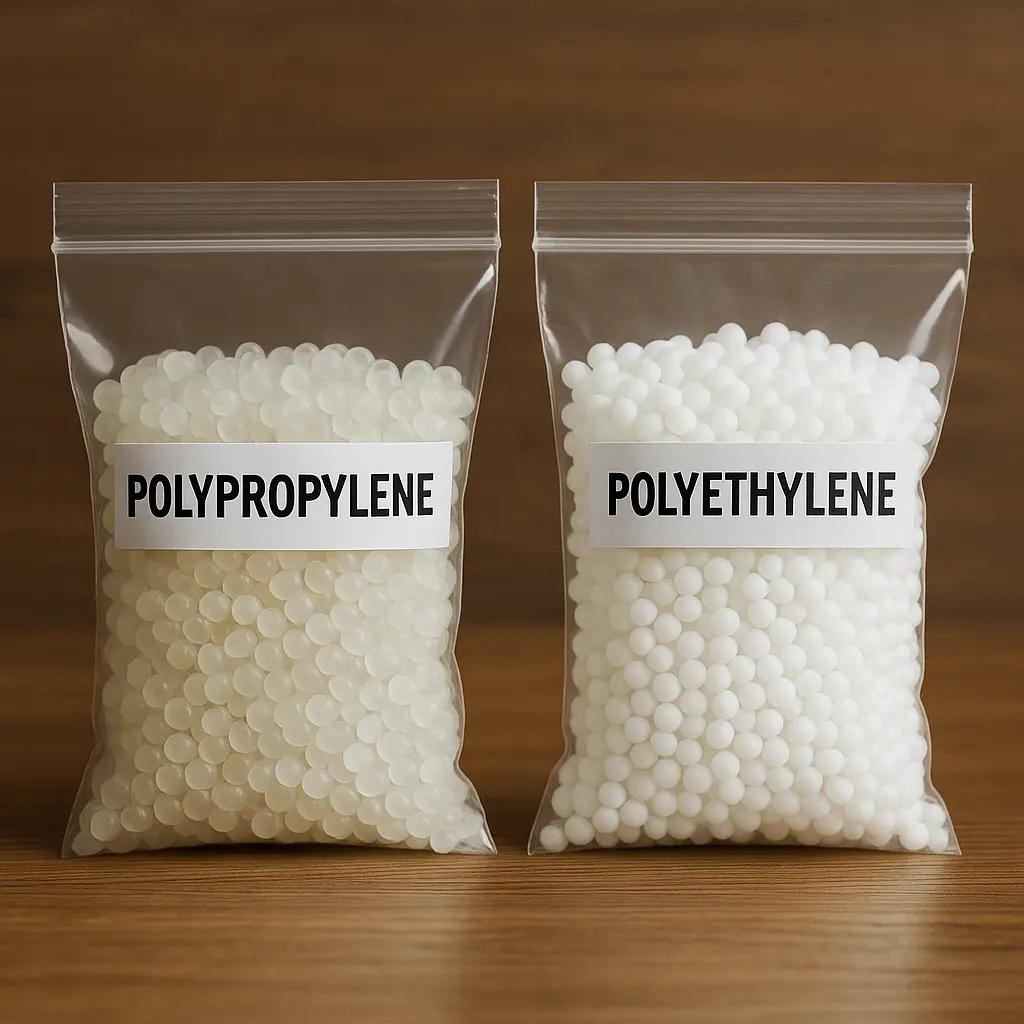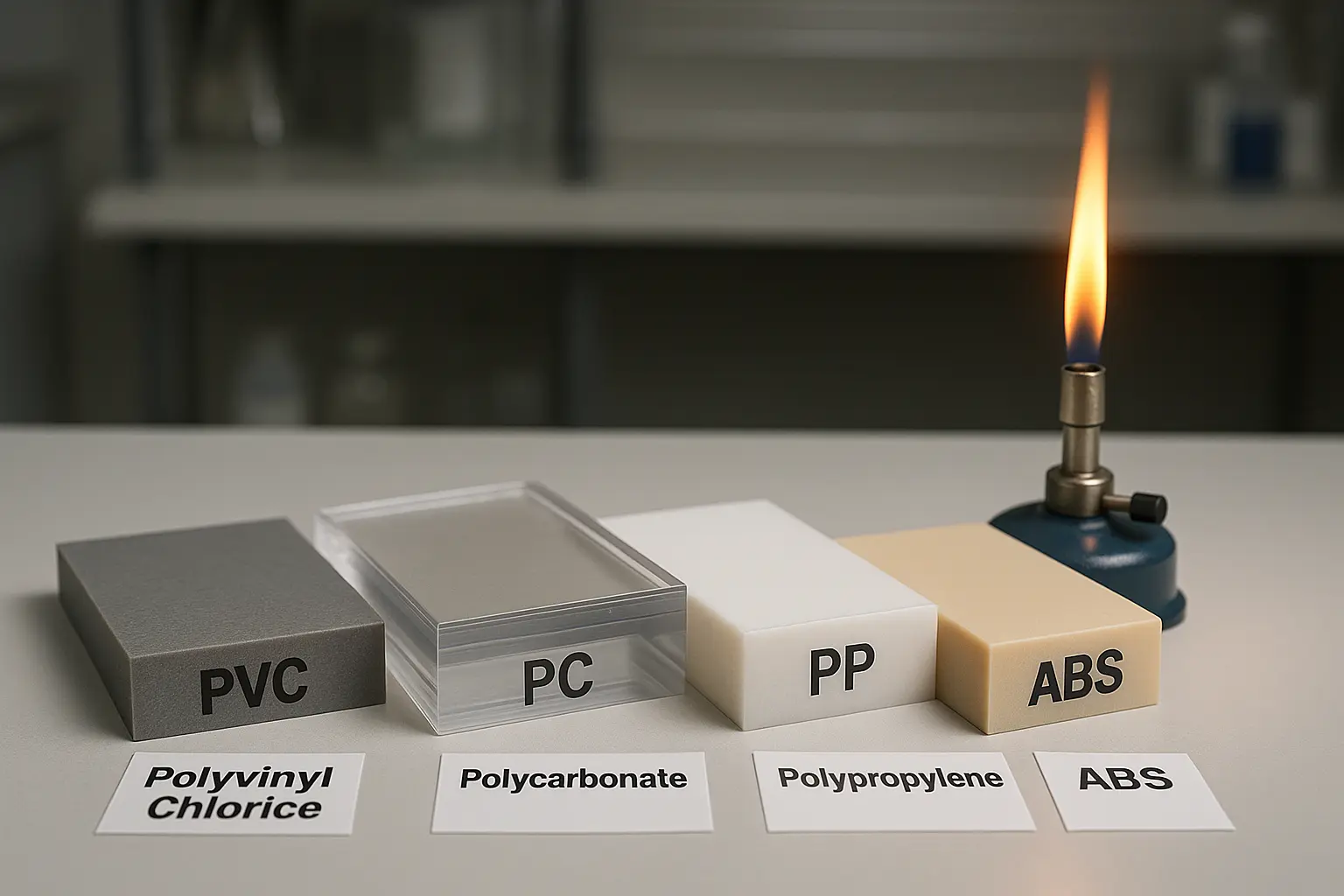Are you looking for ways to crank out large numbers of machined parts while keeping quality sky-high? If so, you’re already exploring the world of high volume CNC machining. This manufacturing arena is changing fast, fueled by new tech that boosts precision, productivity, and cost-effectiveness. The challenge is figuring out which trends matter most right now. In this blog, we’ll look at the cutting-edge strategies fueling these changes. By the end, you’ll see how each trend can make your operations more efficient, more flexible, and ultimately more profitable.
Why High Volume CNC Machining?
High volume CNC machining thrives on rapid output and top-notch accuracy. Companies rely on automated cells, data-driven insights, and eco-friendly processes to stay competitive. AI tools refine toolpaths, while real-time analytics prevent breakdowns. Meanwhile, advanced multi-axis machines and skilled workers bring complex ideas to life with minimal waste.
Robots And Lights-Out Production
Automation takes center stage, with robotic arms handling loading and unloading. Lights-out machining lets machines run overnight without human supervision. This setup cuts labor costs and boosts output, making it a game-changer for any shop aiming for consistent, around-the-clock production.
IoT And Data Insights
Smart sensors track machine performance, tool life, and more. Factories analyze this data to spot patterns and improve cycle times. Predictive maintenance keeps lines running, and digital twins let engineers simulate processes before pushing them live, saving time and resources.
Cutting-Edge Machining Tech
High-speed spindles reduce cycle times, while multi-axis CNC systems tackle intricate parts in a single setup. Meanwhile, hybrid machines blend additive and subtractive methods, enabling shapes that once seemed impossible. The result? Faster part production and more creative design possibilities.
Automation And Robotics
High volume CNC machining demands consistent output with minimal downtime. Automation helps shops achieve that. Robotic arms shuttle raw materials into CNC machines, remove finished parts and even stack them neatly for final inspection. These cells work tirelessly, ensuring fewer manual errors.
Lights-out machining is an extension of this idea. Machines run unattended during off-peak hours, cranking out components while human workers rest. It’s perfect for large batches or when your goal is to maximize every minute of production time. Imagine coming in the next morning to find pallets of newly machined parts—no overtime required.
Automation Perks:
- Reduced labor costs
- Faster throughput
- Consistent part handling
- Lower risk of errors
The biggest challenge? Initial setup. Programming robotic routines and calibrating sensors requires upfront effort. But once it’s done, your throughput skyrockets, and you’ll see a near-immediate return on investment—especially if your orders keep rolling in.
Smart Manufacturing And Industry 4.0

Industry 4.0 aims to connect every aspect of production under one digital umbrella. In high volume CNC machining, that means embedding sensors in machines, harnessing real-time data, and adjusting processes on the fly. The result is a leaner, more responsive factory floor.
IoT Integration
IoT (Internet of Things) sensors measure everything—vibrations, temperature, spindle speeds, and fluid levels. You can check the health of your machine from your phone or tablet. If a bearing starts acting up, the system flags it for inspection before it fails.
Data Analytics
All that IoT data funnels into analytics platforms that convert raw numbers into actionable insights. Factories use these stats to optimize tool life, set better cycle times, and reduce scrap rates. Some shops even feed this intel to AI modules that recommend ideal cutting parameters based on real-world performance.
Digital Twins
Digital twins replicate your physical CNC setup in a virtual model. You can test new part designs, simulate toolpaths, and predict machine wear without risking your real equipment. This approach saves time and cuts costs on prototypes—vital for businesses handling tight timelines.
AI And Machine Learning Advancements
Artificial intelligence is revolutionizing everything from your phone’s autocorrect to advanced industrial processes. So it’s no surprise that high volume CNC machining shops are adopting AI-driven solutions for programming, maintenance, and quality control.
- AI-Powered CAM Software:
Instead of painstakingly setting toolpaths yourself, AI algorithms crunch geometry data and propose optimal cuts. You just fine-tune the plan, saving hours of setup for complex parts. - Predictive Maintenance:
Machine learning models observe sensor data—like spindle load or motor temperature—and forecast when components might fail. By swapping out a worn bearing or adjusting coolant flow in advance, you dodge unplanned shutdowns that could halt production. - Automated Quality Control:
Vision systems use AI to scan surfaces for flaws. If they detect warping or dimensional errors, the system can adjust feed rates or highlight the part for further inspection. This constant feedback loop means fewer rejects and better use of materials.
Quick Tip: Kick off AI in small steps. Start by collecting sensor data and letting basic algorithms find patterns. As trust builds, expand to advanced features like real-time toolpath adjustments or fully automated quality checks.
Advanced Machining Technologies
High volume CNC machining used to be a trade-off: either produce large quantities with simpler designs or accept multiple setups for complex parts. But multi-axis machines and high-speed spindles have changed the game.
High-Speed Machining
High-speed machining (HSM) uses specialized tooling and optimized chip evacuation to cut faster without compromising surface finish. Think about removing material in half the time or even less. Shops that adopt HSM see major reductions in cycle times, letting them handle more orders in less time.
Multi-Axis Machining
If you’ve ever dreaded flipping a part multiple times for different angles, multi-axis setups are your answer. A 5-axis CNC handles complicated geometry from multiple directions. This not only saves hours in re-fixturing but also reduces the chance of error. For large production runs, fewer setups mean more consistent parts every time.
Additive Integration
Some machines combine CNC milling with 3D printing, allowing you to create internal cavities or lightweight frameworks and then finish critical surfaces in a single setup. This hybrid approach suits industries seeking complex designs—like aerospace or medical—where every gram matters, but reliability can’t be compromised.
Sustainability In Machining
Being eco-friendly isn’t just a buzzword. Many clients and suppliers now factor environmental impact into their partnerships. That’s why high volume CNC machining shops are seeking methods to save energy, reduce waste, and limit harmful fluids.
Table: Eco-Friendly Strategies in CNC Machining
| Strategy | Key Benefit | Implementation |
|---|---|---|
| Energy-Efficient Machines | Lower operational costs | Upgraded motors & optimized drive systems |
| Sustainable Cutting Fluids | Reduced environmental impact | Biodegradable lubricants & minimal coolant |
| Material Optimization | Less raw material waste | Improved part nesting & advanced toolpaths |
Energy-Efficient Machines
Modern CNC models feature improved drive systems that cut energy usage by adjusting motor output only when needed. Some incorporate regenerative braking, capturing the energy released during axis deceleration. Over weeks of continuous running, these small gains add up to big savings.
Sustainable Cutting Fluids
Traditional coolants can be toxic or cumbersome to dispose of safely. Water-based or biodegradable fluids slash environmental impact while still offering good lubrication and heat dispersion. They’re also healthier for employees who otherwise deal with strong chemical odors or potential skin irritants.
Material Optimization
Adapting your part designs to reduce stock usage can drastically lower waste. This is especially relevant for metals like titanium or specialty alloys, which are costly per pound. Smarter toolpaths or near-net-shape processes help keep leftover scraps to a minimum.
Workforce Development
All the advanced tech in the world won’t matter if you don’t have skilled people to run it. High volume CNC machining success hinges on operators, programmers, and maintenance staff who understand both the mechanical and digital sides of manufacturing.
Addressing the Skills Gap
Older machinists retiring means new recruits must step in—but advanced equipment calls for more than just turning wrenches. Companies often partner with local trade schools or create in-house training programs. This continuous learning environment fosters better job satisfaction and stronger loyalty.
Digital Literacy
Modern CNC controls look more like computer dashboards than analog dials. Workers need to interpret real-time analytics, handle multi-axis software, and even use augmented reality devices for machine repairs. Investing in these skills pays off when employees can troubleshoot quickly and adapt to new systems with less downtime.
Suggestion: Encourage cross-training. When staff can operate multiple machines or programs, scheduling becomes more flexible. You also mitigate risks if someone takes leave—someone else can fill the role without halting production.
Conclusion
So, what are the latest trends in high volume CNC machining? The answer lies in automation, data-driven insights, AI enhancements, and advanced machine capabilities. Sustainability and workforce development tie everything together, keeping you competitive and socially responsible. If you want to push your shop forward, start exploring these topics in more detail, experiment with small-scale trials, and measure the results.
In essence, stepping up your production game requires blending innovative tech, efficient workflows, and well-trained staff. As your facility evolves, you’ll tackle bigger orders, meet tighter deadlines, and deliver impeccable quality—even when the pressure ramps up.
FAQ
How does automation benefit high volume CNC machining?
It cuts labor costs and reduces errors by having robots handle repetitive tasks. Lights-out machining also extends production hours without extra staffing.
What’s the impact of IoT on CNC operations?
IoT sensors track machine performance, tool wear, and environmental conditions in real-time. Factories use this data to optimize processes and prevent breakdowns before they occur.
Are AI-based systems difficult to implement?
They can be at first, but starting small—like using AI for toolpath suggestions—lets you see quick wins. Then, you can scale up as your team grows more comfortable.



